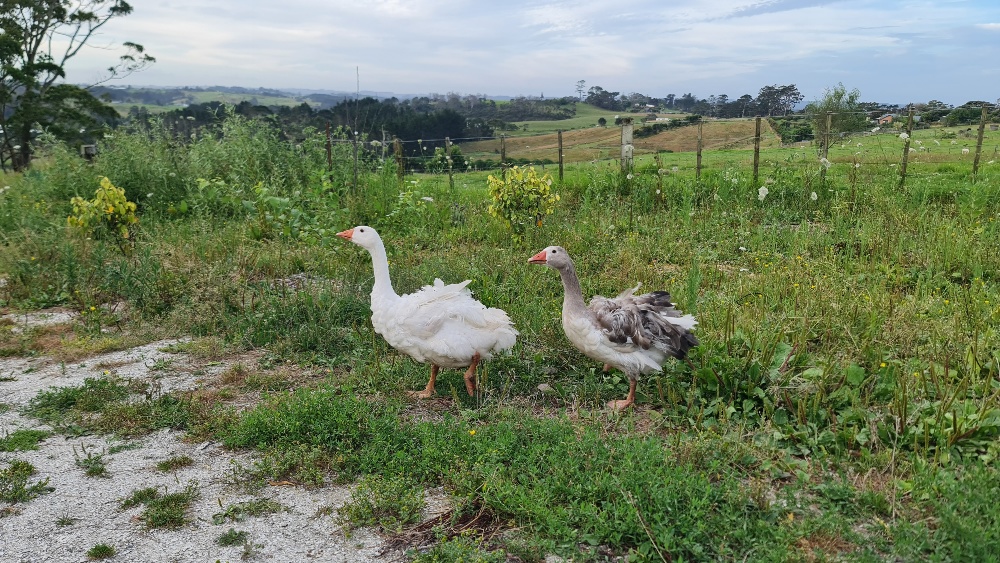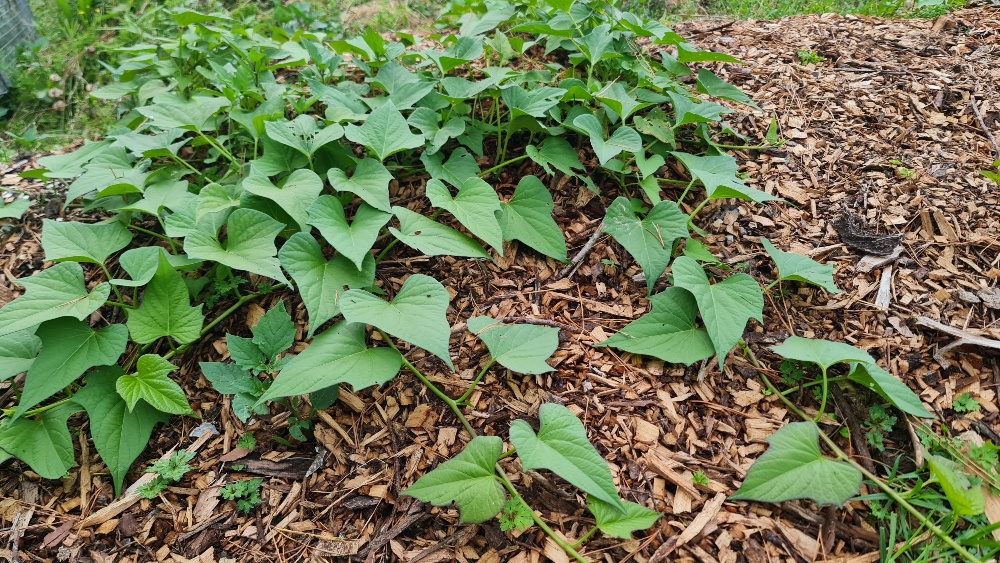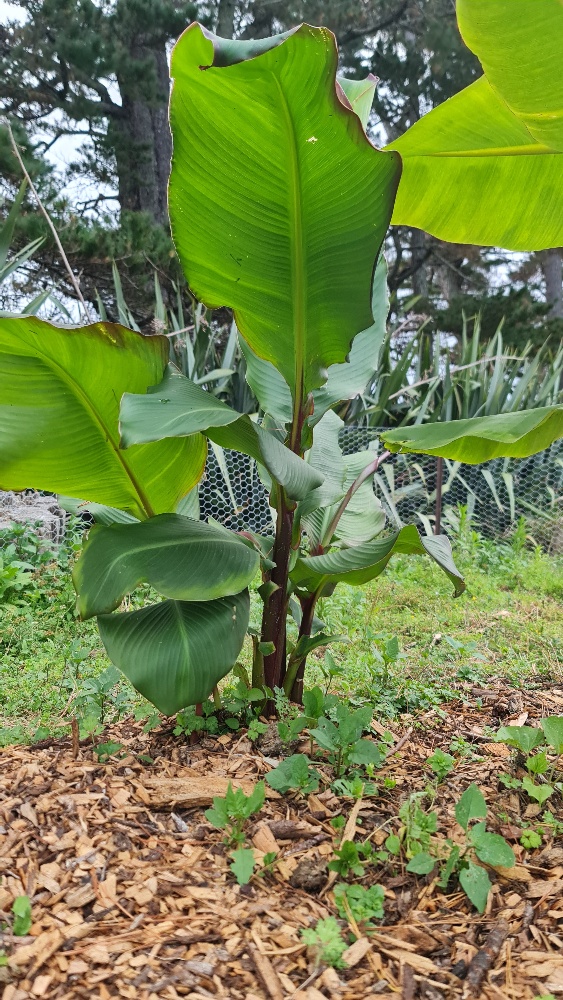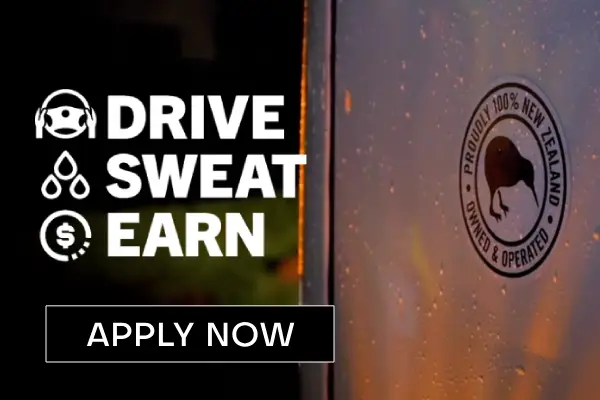There have been some big changes introduced in 2023 around food waste collections in Auckland.
Aucklanders in urban areas have been given a small, green – topped plastic bin to put our food scraps into. Apparently 180,000 plastic bins have been given out, as of July 2023. You fill your bin with food scraps, then pop it out by the kerb, to be collected once a week. The cost for this service is paid for in your rates at $77 for a yearly service, $1.50 per week. Currently this is being trucked off to Papakura and put through an anaerobic digestion process to be turned into renewable energy and fertiliser.
Being in the industry, I’ve been fascinated with food waste and looking into ways we can use it. Food waste is made up of 70% water and apparently 45% of the weight of what we put into our rubbish bins, is food waste. So, what are some other ways we can use our leftovers? Is it possible to use it to benefit our local communities? Or is the only option to pop it in a plastic bin, and have it trucked off somewhere to have something done to it? Would it be nice as a rate payer to have some other options for your food waste?
Over December / January 2024 I’ve been ensuring I get the best out of the great weather and long days. I’ve started with attempting to create a banana plantation, using the term plantation lightly because I’ve got about 30sqm I’m working with, not an estate!! We’ve created a banana swale, which is simply a hole in the ground, and a berm around the hole. Bananas are planted around the berm, as they grow they dip into this hole for nutrition. Banana’s are heavy feeders, so they need lots and lots of compost, nitrogen, and fertiliser if you want a good crop of bananas.
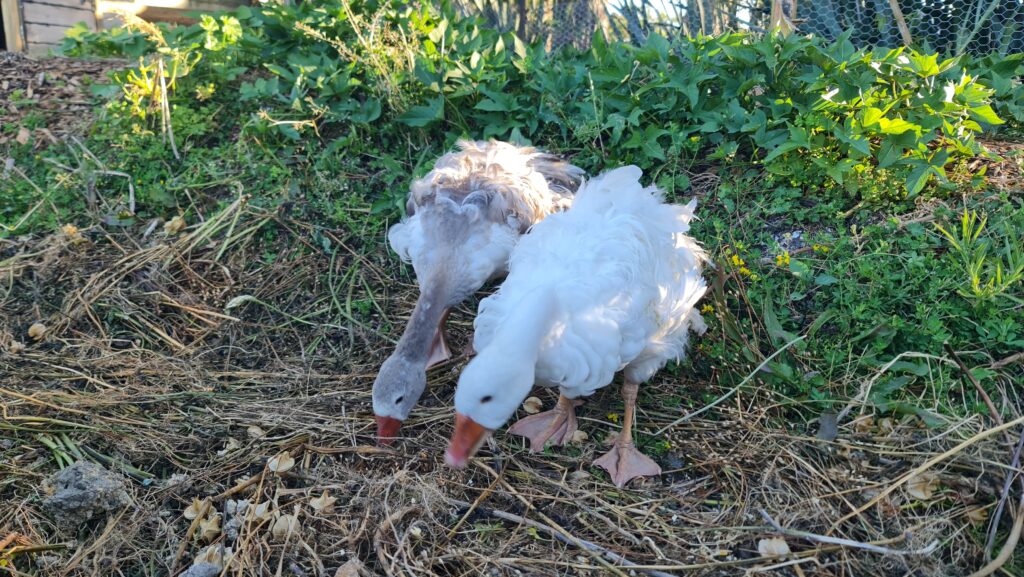
The plan is to fill the hole with homemade compost, that will ultimately feed the bananas. To make great compost you need a mix of green and brown matter. Green matter includes your grass clippings, food waste (no meat, dairy or bones – we have another place for this, which I’ll do another blog about), weeds. Brown is your wood chip, dried leaves, straw, cardboard, newspaper type material. You need water to keep your compost pile moist (good thing food waste is made up of 70% water!) and a nice warm spot.
The idea is to first use the food scraps we accumulate as a household, then add food scraps from our work kitchen, then slowly incorporate food scraps from customers with a high amount of food waste in their rubbish bins – hospitality, commercial food courts, hotels, rest homes, etc. Building and maintaining that compost heap in the banana swale. How much food waste can we use in 30sqm of space?
We’ve planted various varieties of bananas, that are suitable for growing in West Auckland; cold hardy and somewhat wind tolerant. And chosen a warm spot that receives 6+ hours of sunlight through the day.
The other thing I’m really fascinated with is ‘automation’, how do we create this awesome space – but at the lowest input possible.
So, we’ve introduced a variety of other plants and animals in this space to help maintain the area to ensure minimal human requirement. We have planted kumara, to keep weeds down (yes to less weeding!!), lots of lots of fresh arborist mulch to also help suppress weeds, provides nitrogen for the bananas and keeps the area moist, 2 x Sebastopol geese who love eating grass and weeds. They require fresh water, so all their dirty water is used to fertilise the bananas (no waste here!). I am just in the process of introducing Khaki Campbell ducks, who eat grass and need fresh water.
We have also planted arrowroot, for biomass to throw into our compost hole, it is great for animal fodder and a small shelter belt as the bananas are establishing. We have added Inga Bean also known as Ice Cream Bean, which grows rapidly and not fussy about soil (yes, take that clay!), and is also a nitrogen fixing tree. Last, but definitely not least, Passionfruit, because I love passionfruit! We will continue to introduce various other plants, that will be beneficial to this area to help build that compost heap.
I can see that in the next two to three years, we are going to have a bountiful supply of bananas, arrowroot, kumara, duck eggs, ice cream beans, passionfruit and whatever else we can jam into this space… To me, that seems incredible.
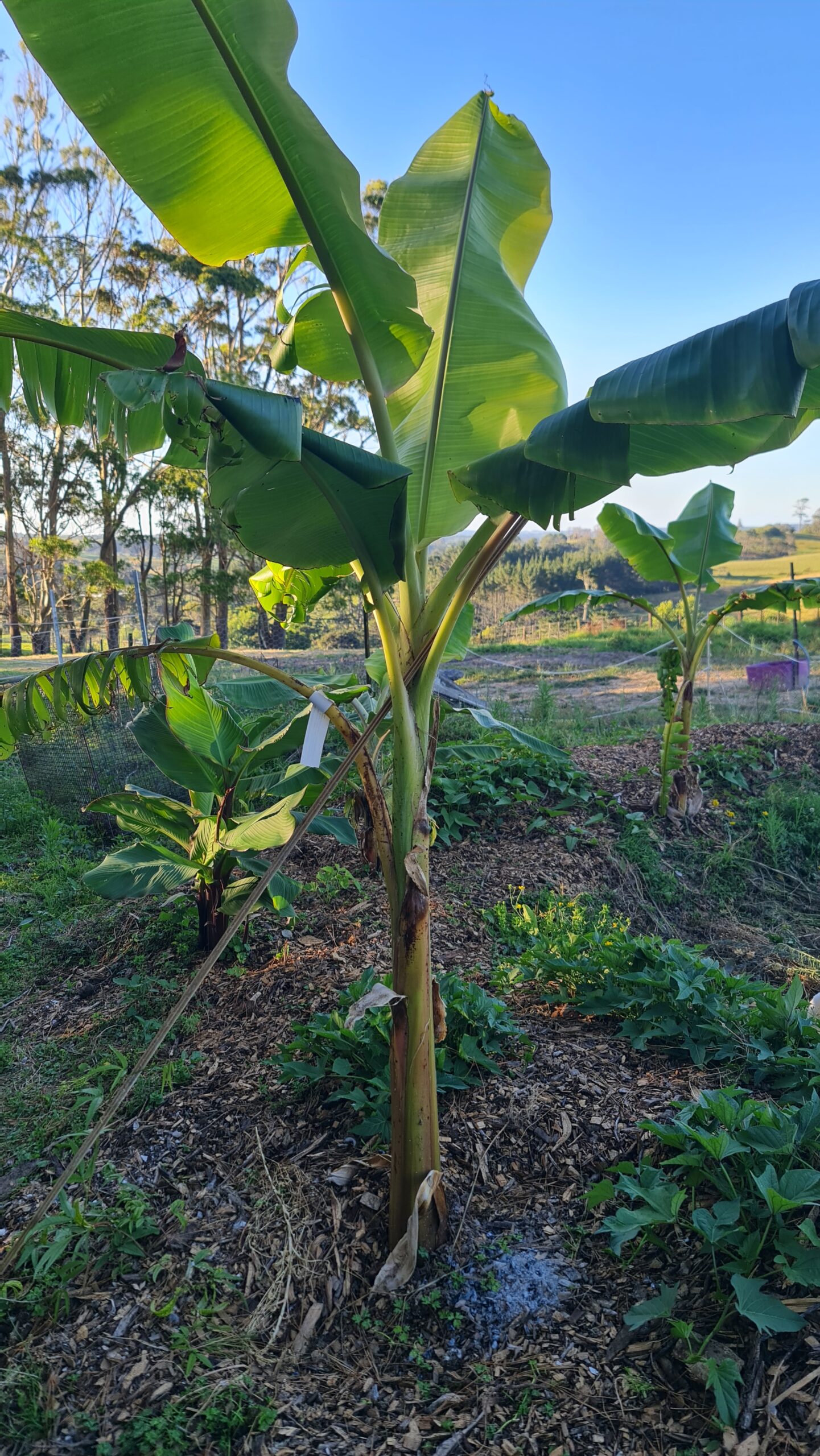
So I am thinking, could we establish areas like this in Auckland at our local parks / playgrounds? Is there Council land in Auckland that could be better utilized by doing a similar project that could provide free fruit or vegies to our communities? Is this something our local councils can manage?




